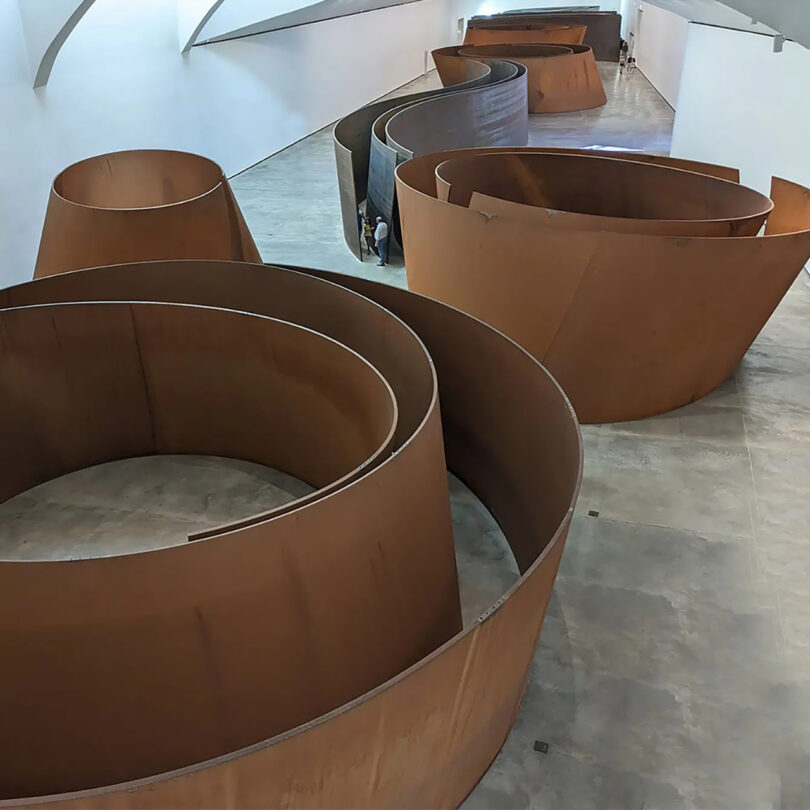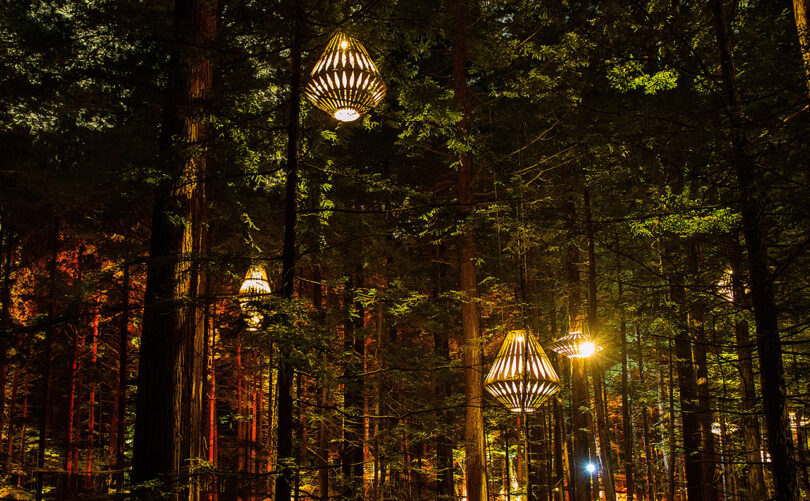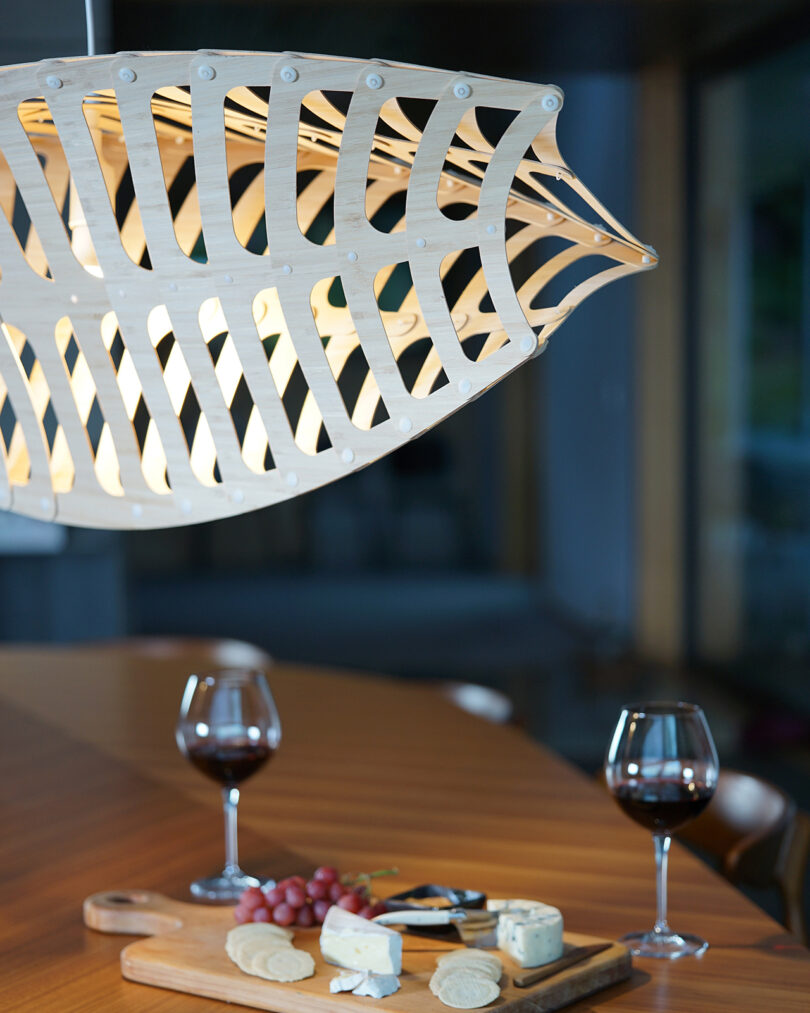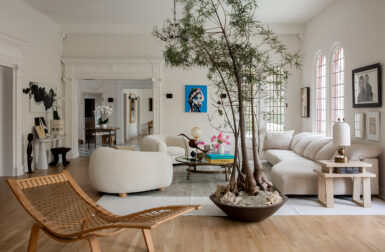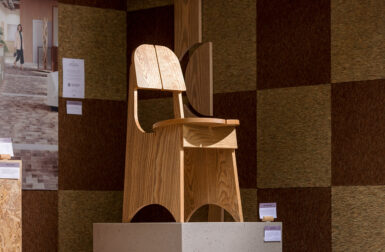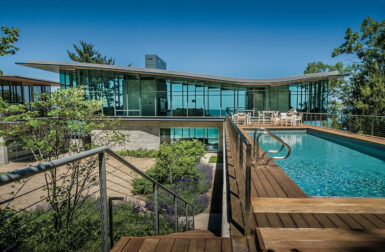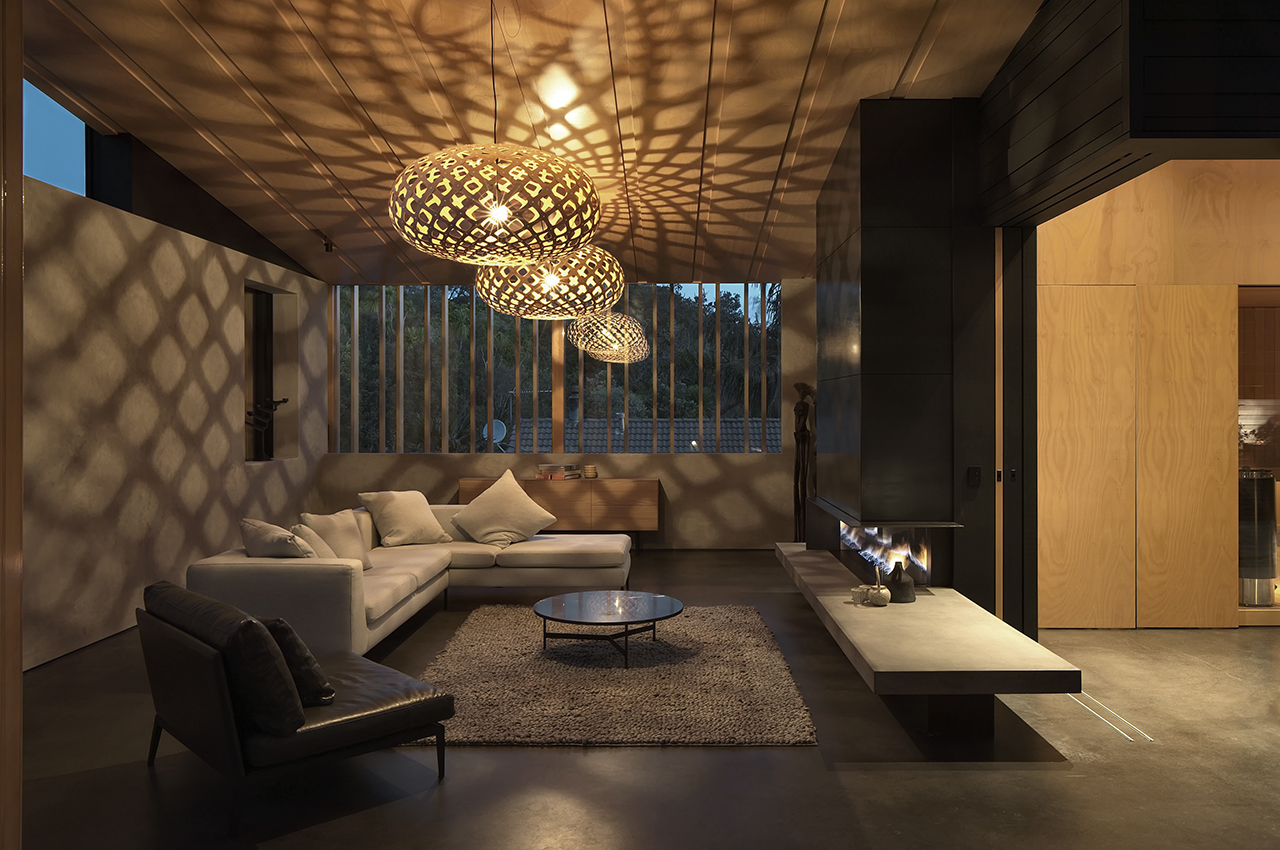
Resolute in his mission to create sustainably produced products with a natural and organic aesthetic, David Trubridge is the renowned designer behind David Trubridge Lighting. It’s his belief that these principles directly affect the product’s sustainability because consumers are less likely to throw away beautiful products. The company itself is driven by this ever-present environmental responsibility, which informs all aspects of design and production within the brand – always comes before profit.
In his early 20s, post university, Trubridge spent a lot of time and energy setting up a workshop in an old stone barn that he was renovating with friends in northern England. He started off with plans to carve wooden sculptures, but in the process of renovating, he unintentionally picked up woodcraft – an easier path to creating furniture.
“I remember one day walking into my ’new’ workshop where all my hand tools, bought at old junk shops, were laid out waiting for me,” Trubridge shares. “I felt this tingling in my hands, an awesome, empowering sense of potential: I could make whatever I wanted here! That was the moment when it clicked.”
Trubridge’s work first gained attention in 2001, when Italian design house Cappellini bought the rights to his steam-bent ash recliner. The Coral light followed in 2003, establishing a blueprint the brand would use for kitset products that minimized their environmental footprint. All of his lighting fixtures are designed around the SEED System, meaning the components are flat packed and then assembled upon arrival to create the final product. The Seed System has several benefits, including a vastly reduced environmental footprint. The brand is also proud to be B-Corp certified, holds Life Cycle Assessments (LCAs), and Environmental Product Declarations (EPDs) for their range of lights.
Trubridge’s partner, Linda, also influences his work. Whereas he’s practical in nature, she attended art school, trained as a sculptor, and has a freer, more open approach to creating. “When I took an idea for a new chair, say into fresh territory, she would always push me further. She would take my pretty little model and turn it upside down and say make it like that! And she always believed in me, encouraging me to go further.”
When it comes to the creative process, Trubridge allows himself to sink into his subconscious. After developing an idea in his mind’s eye, he’ll move on to paper. “I always have a workbook and pencil nearby to record thoughts and sketches. There I develop the idea, exploring and recording various iterations, making notes on my insights and reasons for going in different directions. This enables me to come back at any time in the future and remember what I was thinking and maybe pick it up again,” he says. Trubridge then uses these thumbnail sketches to work out the three-dimensional aspects of the object, while simultaneously thinking about how it can be made and making notes about materials and joinery. Only after all this will he take his design digital.
Today, David Trubridge joins us to share more in Friday Five!

Photo: Ron Arad
1. Water in the Southern Hemisphere by Ron Arad
I saw this when it was first exhibited in Milan in 2007 in exactly this setting. The complexity and vision of the design and making, along with its beauty, blew me away. I think that if I had created something like this I would just stop and say, “That is it, I will never make anything as good again!” When Arad first took the design to his engineers and craftsmen in Italy they said, no way, that is impossible. But he thought he had a method and persevered. He was right. It is made with CNC bent stainless steel rods, perfectly matched to fit together and create the form. They called it a homage to impossibility. And I love the nod to our part of the world!
2. A Paper Nautilus or Argonaut
[My partner] Linda found this on a beach near our house. It was my birthday and when we landed from our boat she decided in her head that she was going to find something special for me. And there it was, right in front of her! It had been blown around two rocky points and through a narrow channel onto the beach without being damaged. There is nothing I could conceive or make that would come anywhere near as beautiful as this. And it is simply a case, which the female argonaut or octopus makes to lay her eggs in, and to live in while she incubates them as she floats around in the open ocean.
3. Torqued Ellipse by Richard Serra
Like the Ron Arad design, the appeal of this lies as much in its conception and story as in the experience of viewing it. The concept is simple enough: draw an ellipse, then another above it rotated slightly, then create a surface between the two. But how to make it? Serra knew what he wanted but he traveled the world for years until he found the only workshop capable of rolling 50mm steel plate with such precision. You need to walk through one of these to fully experience its physicality – the movement is important. As you do, the surfaces lean one way, then the other, both coming together and falling apart, molding the space around you with their massive, imposing bulk.
4. Salt Flats at Mina Mina by Dorothy Napangardi
Indigenous art is usually quite conservative, but there was a sudden flowering of very contemporary, abstract paintings from women Aboriginal artists that emerged, seemingly from nowhere, in the last 30 years. For me, this is the most powerful, important, and moving art being made today. It is a voice given to the land – this is country speaking through the women, which they say is crying for help. The women usually work sitting on the ground, immersed in a rhythmic process, spreading out from one corner to fill the canvas. Theirs is one of the oldest extant races on Earth; it is as if their 60,000-year-old relationship with their land is flowing through them onto the canvas in these patterns of dotted paint marks. That relationship is expressed through their dreaming stories which give these artworks an integrity and urgency we can only dream of.
5. Mechanical Pencils
Finally, something more mundane – my click pencil. I love this simple tool and can’t resist buying a good one if I see it. It is the vital link between my dreaming subconscious and the beginning of an idea (as in the last paragraph above). It is the essential tool that allows form to emerge from nebulous imaginings. It is more expressive than a pen, allowing tentative soft lines of exploration or dark certainties. It can easily be erased with the rubber on the other end. And it can also record verbal thoughts in a far more satisfying way than battling an annoying keyboard.
Work by David Trubridge:
Redwoods Treewalk Nightlights, Rotorua, New Zealand
David Trubridge Lighting partnered with the Redwoods Treewalk in Rotorua, New Zealand, to create an iconic nocturnal tourism experience, Nightlights. It’s New Zealand’s first design-led tourism experience. Visitors explore Rotorua’s majestic Redwood forest under the shroud of darkness illuminated by David Trubridge lights.
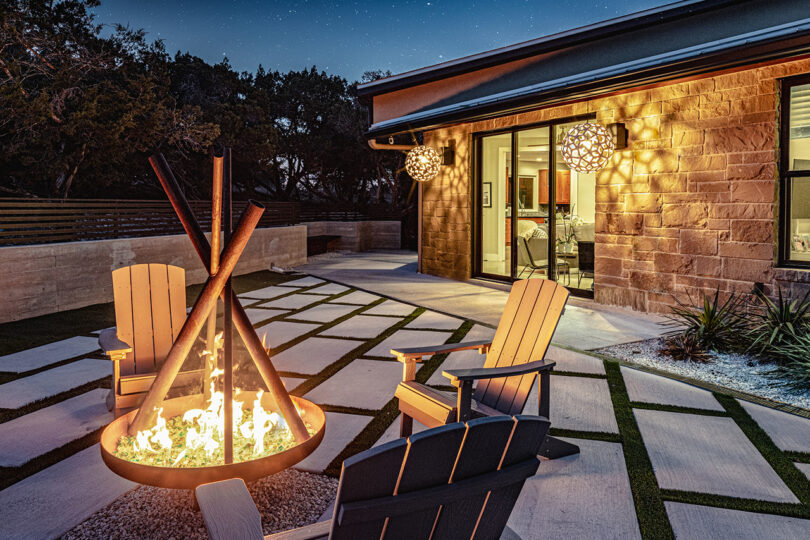
The 20th Anniversary Outdoor Coral release \\\ Photo: wakaNINE, David Trubridge Lighting’s US-based distributor
The 20th Anniversary Outdoor Coral Release
Coral was Trubridge’s inaugural lighting design, which has informed the basis of all David Trubridge Lighting fixtures since! To celebrate the 20th anniversary of Coral, the company launched the new Outdoor Coral pendant. The only light fixture made outside of New Zealand, Outdoor Coral is made in the USA using environmentally sound material and is suitable for outdoor use.
The Diatom Series, Toru Pendant
David Trubridge Lighting’s Diatom Series is inspired by microscopic diatoms, which live in water and produce 50% of the air we breathe. A donation from each sale in this series goes directly to Sustainable Coastlines who focus on looking after our oceans. The Toru pendant featured in the photo is the third and newest introduction in the series.
Garden City Shopping Centre in Winnipeg, Manitoba, Canada, Grow/Seed System
Garden City Shopping Centre is a 285,000-square-foot shopping center in Winnipeg, Manitoba, Canada. The design direction played upon the ‘garden’ theme, making the Coral and Floral pendants from designer David Trubridge a perfect choice for the project. Seventy-nine fixtures play an iconic role as the light clusters are found throughout the mall.














